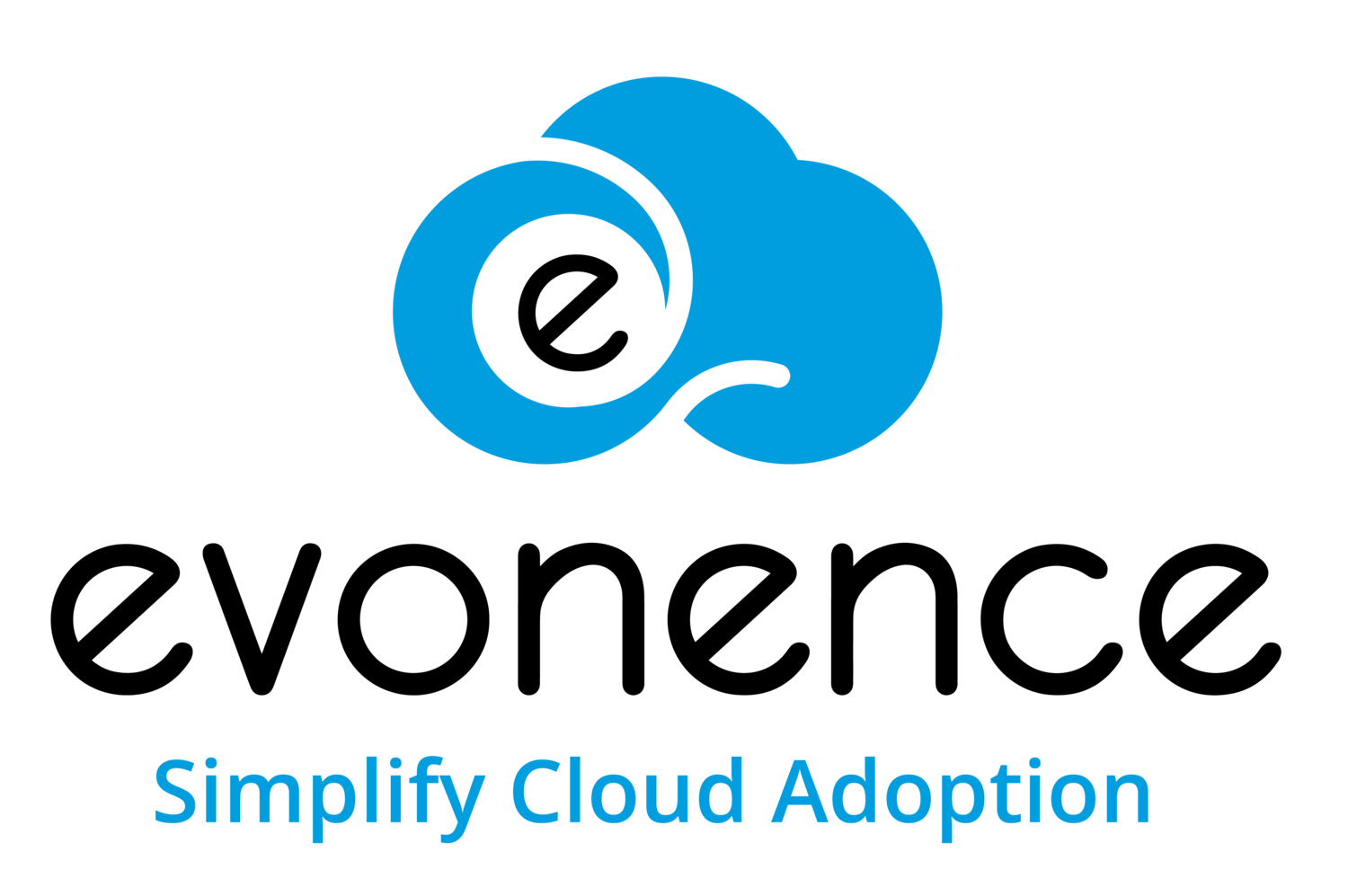The Future of Remote Work with Google Workspace in 2023
In the past decade, remote work has become increasingly popular, with many companies and employees embracing the benefits of working from home. However, with the COVID-19 pandemic, remote work has become more of a necessity than a choice. Companies have had to quickly adapt and find ways to collaborate and communicate effectively while working remotely.
Google Workspace, formerly known as G Suite, has been a vital tool in helping businesses make this transition. With a range of productivity and communication tools, such as Gmail, Google Drive, and Google Meet, Google Workspace has made it possible for employees to work together seamlessly from any location.
In 2023, it's expected that remote work will continue to grow and evolve, and Google Workspace will play a significant role in shaping the future of remote work. Here are a few ways that Google Workspace will continue to support remote work in the coming years:
Artificial Intelligence (AI) and Machine Learning (ML)
- Google Workspace has already begun integrating AI and ML into its suite of tools. For example, Google Meet has a feature that uses AI to automatically caption and transcribe meetings in real-time. In 2023, it's likely that we'll see more AI and ML-based features added to Google Workspace, such as automated task management and smart scheduling. These features will make it easier for remote teams to collaborate and stay organized.
Virtual and Augmented Reality (VR/AR)
- Google Workspace has already started experimenting with VR and AR technology. Google Meet has a feature that allows users to add virtual backgrounds to their video calls, and Google Workspace has also integrated VR into its collaboration tools. In 2023, we can expect to see more VR and AR-based features added to Google Workspace, such as virtual meeting rooms and holographic presentations. These features will make remote work more immersive and interactive, and help teams feel more connected even when they're physically apart.
Improved Security
- As more companies move to remote work, security has become a major concern. In 2023, we can expect Google Workspace to continue to improve its security features to protect companies' data and information. For example, Google Workspace already has features such as two-factor authentication, encryption, and data loss prevention (DLP). In the future, we can expect to see more advanced security features, such as biometric authentication and real-time threat detection.
Increased Integration
- Google Workspace already integrates with a wide range of third-party apps and services, such as Trello, Asana, and Salesforce. In 2023, we can expect to see even more integration options added to Google Workspace, making it easier for remote teams to use the tools they need to work effectively. For example, Google Workspace may integrate with project management tools, time tracking apps, and other productivity tools.
In conclusion, Google Workspace has already proven to be a valuable tool for remote work, and in 2023, we can expect to see even more features and capabilities added to the platform. With the integration of AI and ML, VR and AR, improved security, and increased integration, remote work will become even more seamless and effective. As a result, companies and employees will be better equipped to collaborate and communicate effectively while working remotely.

